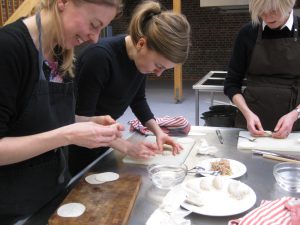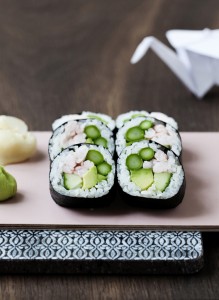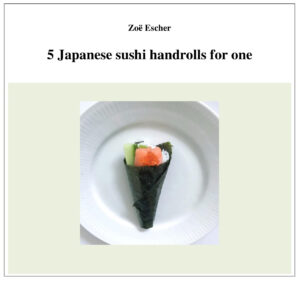
Sushi is a popular Japanese delicacy known for its fresh taste and artful presentation. In addition to being a delicious dish, sushi is also known to be healthier than many other fatty and calorie-heavy alternatives.
How healthy is a sushi roll?
Sushi is often made with raw fish such as salmon, tuna or mackerel, which are rich in omega-3. The fish is a good source of proteins and the fatty fish oils are healthy for the body and strengthen health.
Beside fish, sushi also contains vegetables such as cucumbers, avocados and asparagus. These vegetables not only give sushi its distinctive taste and texture, but they are also packed with vitamins and minerals.
Sushi also contains rice, which is an important source of carbohydrates and energy. Although rice is not as rich in vitamins and minerals as fish and vegetables, it is still an important part of the meal.
Sushi seaweed is one of the healthiest vegetables in the world. It is the vegetable that contains the most vitamins and minerals. One seaweed sheet corresponds to 600 grams of vegetables. If you are tired of eating cauliflower or broccoli, sushi is a good alternative.
Read more about Sushi course for beginners
_
Zoë has held sushi courses and cooking classes for A. P. Moller – Maersk, Hugo Boss Nordic, Novo Nordisk, Novartis, Velux, Gorrissen Federspiel, Beierholm revision, Elbek & Vejrup and many more.







